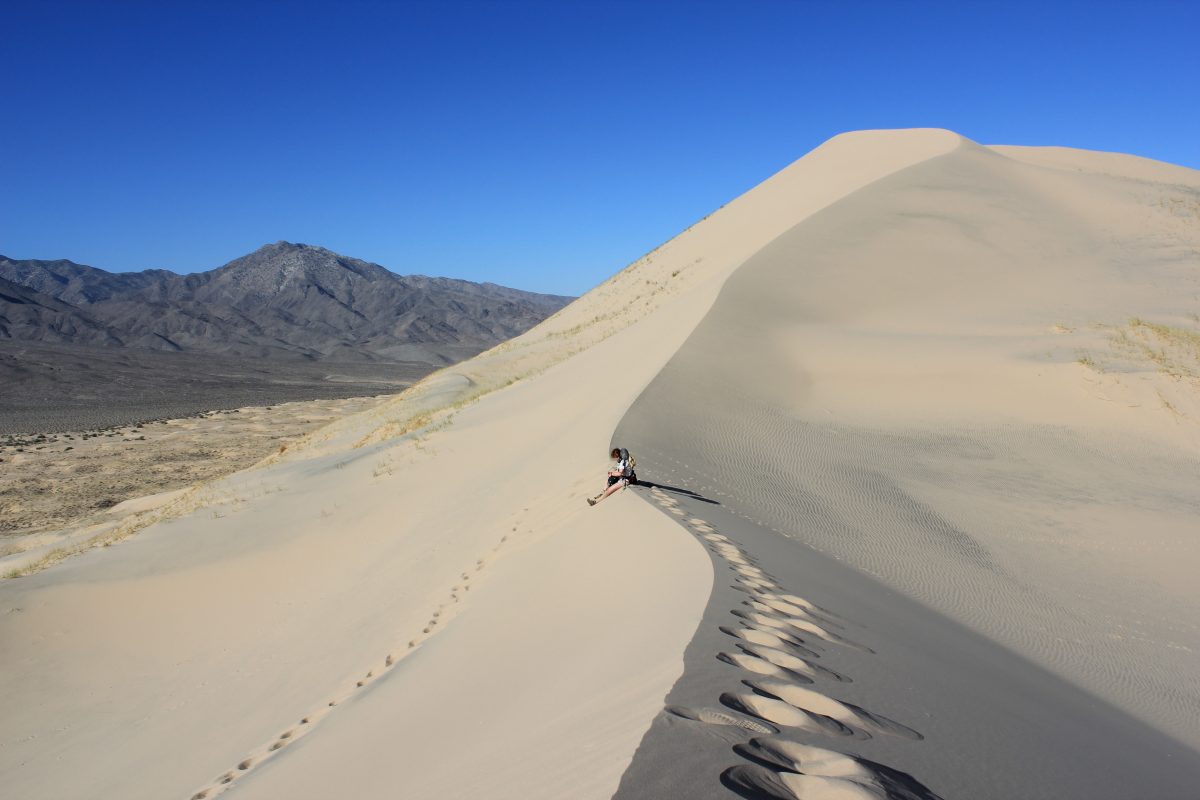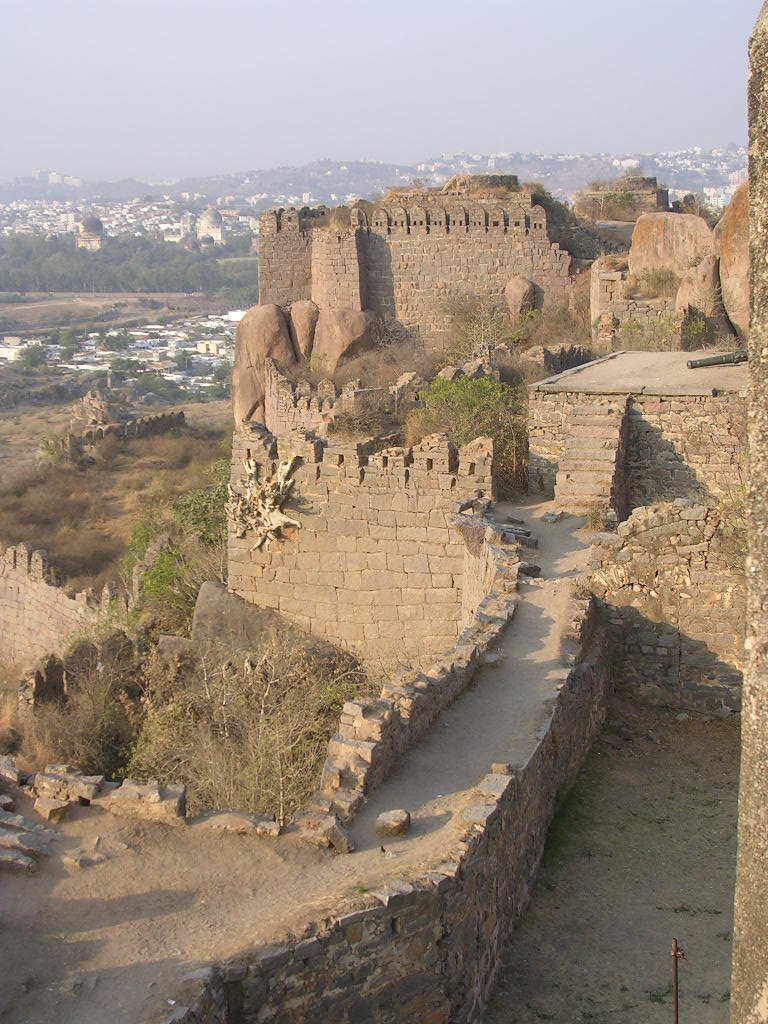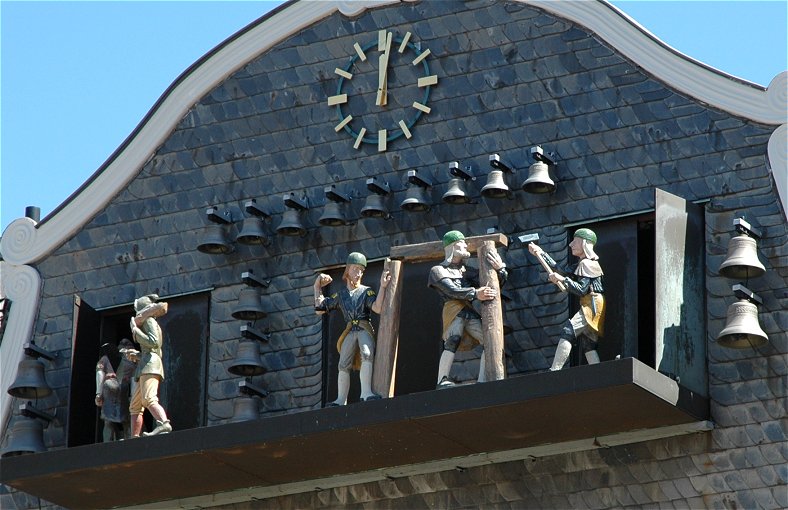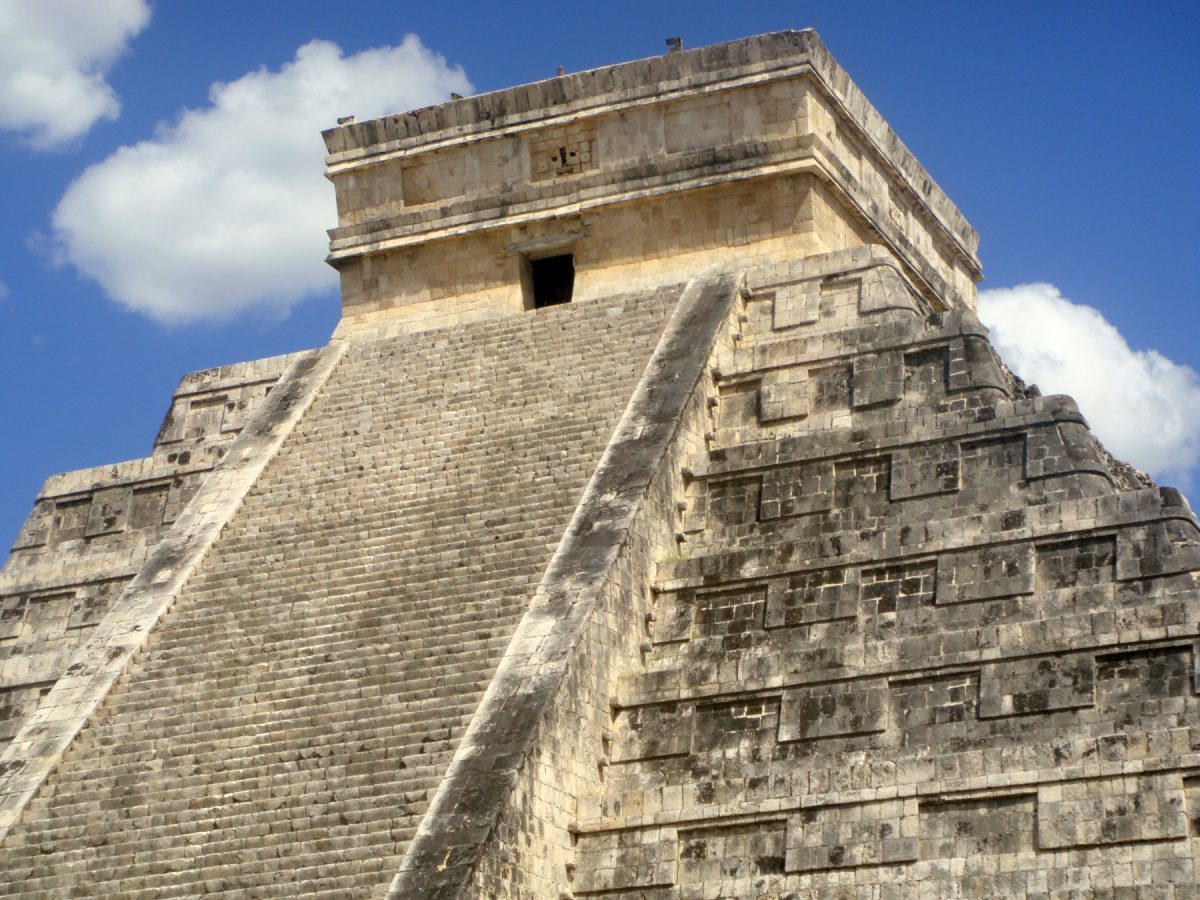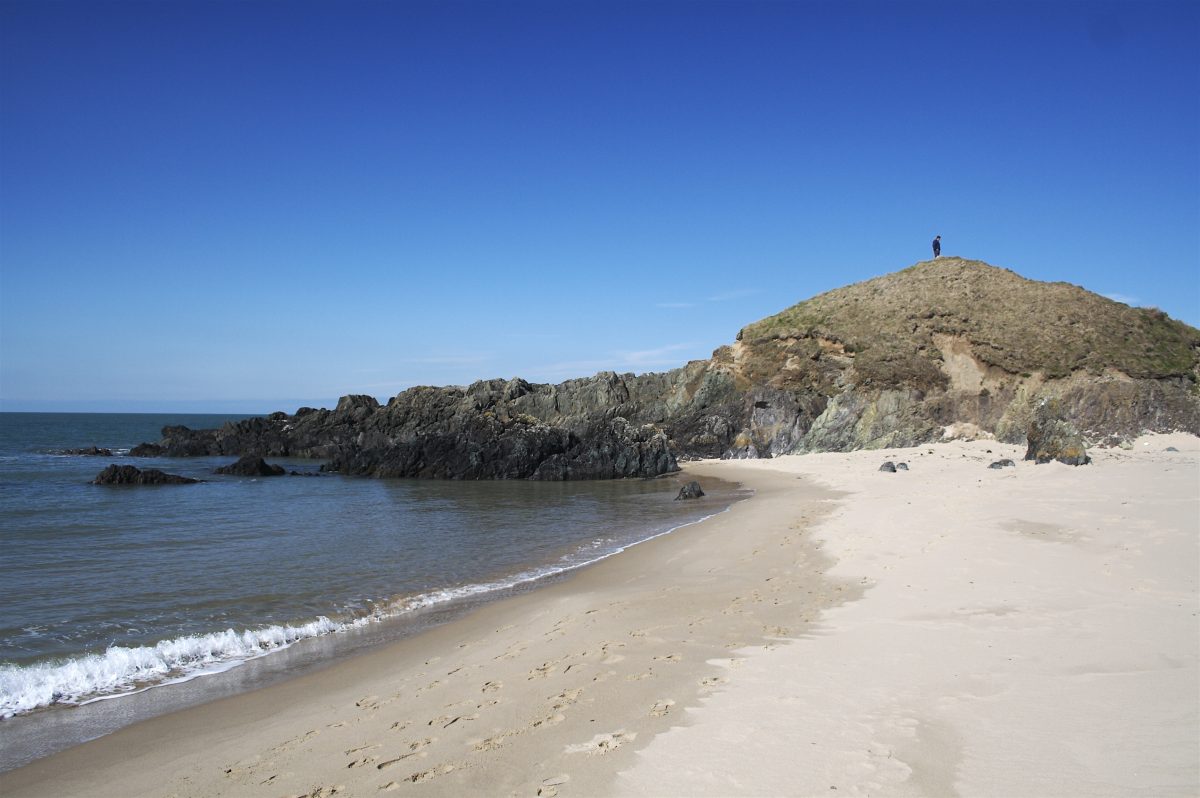(Your tablet ot computer loudspeakers may fail to reproduce this low frequency sound).
Some sand dunes make a strange low frequency humming sound a bit like the drone of a distant propeller aircraft. The sound can be surprisingly loud: in some cases it can be heard many kilometres away. This is something that has been known about for centuries: Marco Polo, the Emporer Baber and Charles Darwin all wrote about it [1]. For instance, Marco Polo wrote about his encounter in the Gobi Desert “[the singing sands] at times fill the air with the sounds of all kinds of musical instruments, and also of drums and the clash of arms.”
The sound is rather unusual and eerie – reminiscent of a bass musical instrument. The drone is caused by a synchronised avalanche of the sand grains. The pitch of the note produced depends on the size of the grains – and so each singing sand dune has its own distinctive voice pitch. But the exact reason for the grain synchronisation is still being argued about among scientists.
Logistics
Consider safety as you’ll be visiting a desert in the height of summer. About thirty dunes around the World boom. The large dunes most reliably sing in the summer when the grains are dry. Small dunes tend not to sing. As the videos show, you can start the avalanche yourself: once the sound has started it can continue for sometime after you stop pushing the sand. Do this on the leeward face of the dune (the side sheltered from the wind). The dune needs to be steeper than about 30 degrees.
Below is a list of locations gleaned from the Internet – it would be wise to check with locals about the exact locations.
- Atlantic Sahara desert around Laayoune, Ghord Lahmar dune near Foum Agoutir, Morocco [2]. (Also Erg Ezzahar or screaming dunes)
- Kelso Dunes near California’s Mojave Desert, off the Kelbaker Rd, north of Highway 40 between Barstow and Needles, Ca, USA [3]
- Kelso, Sand Mountain (20-21 miles east of Fallon, Nevada on Highway 50, USA [3]
- Crescent Dunes (about 15 miles west of Tonopah, Nevada, USA [3]
- Dumont Dunes (60 miles north of Kelso, Ca, USA [3]
- Big Dune (Amaragosa Valley, south of Beatty, Nevada, USA [3]
- Eureka Dunes (Hanging Rock Rd, out of Bishop, Ca, USA [3]
- 40 km southwest of Doha, Qatar
- La Mar de Dunas and El Cerro Bramador, Copiapo, Chile
- The Dune of Altynemel (“The Singing Dune”) in the valley of Ili River near Kapchagay, Kazakhstan
- Near Liwa, South of the United Arab Emirates. In area known as the Empty Quarter
- Dunes of Badain Jarin, Inner Mongolia, China
- Dune Ming Sha Shan, The Mount of Singing Sand, DunHuang, Gansu, China
Credits
- http://www.its.caltech.edu/~nmvriend/research/
- http://www.pmmh.espci.fr/fr/morphodynamique/SongOfDunes.html
- Wild soundscapes: discovering the voice of the natural world, Bernard L. Krause, Wilderness Press
- Sound (c) Nathalie Vriend
